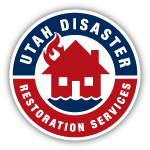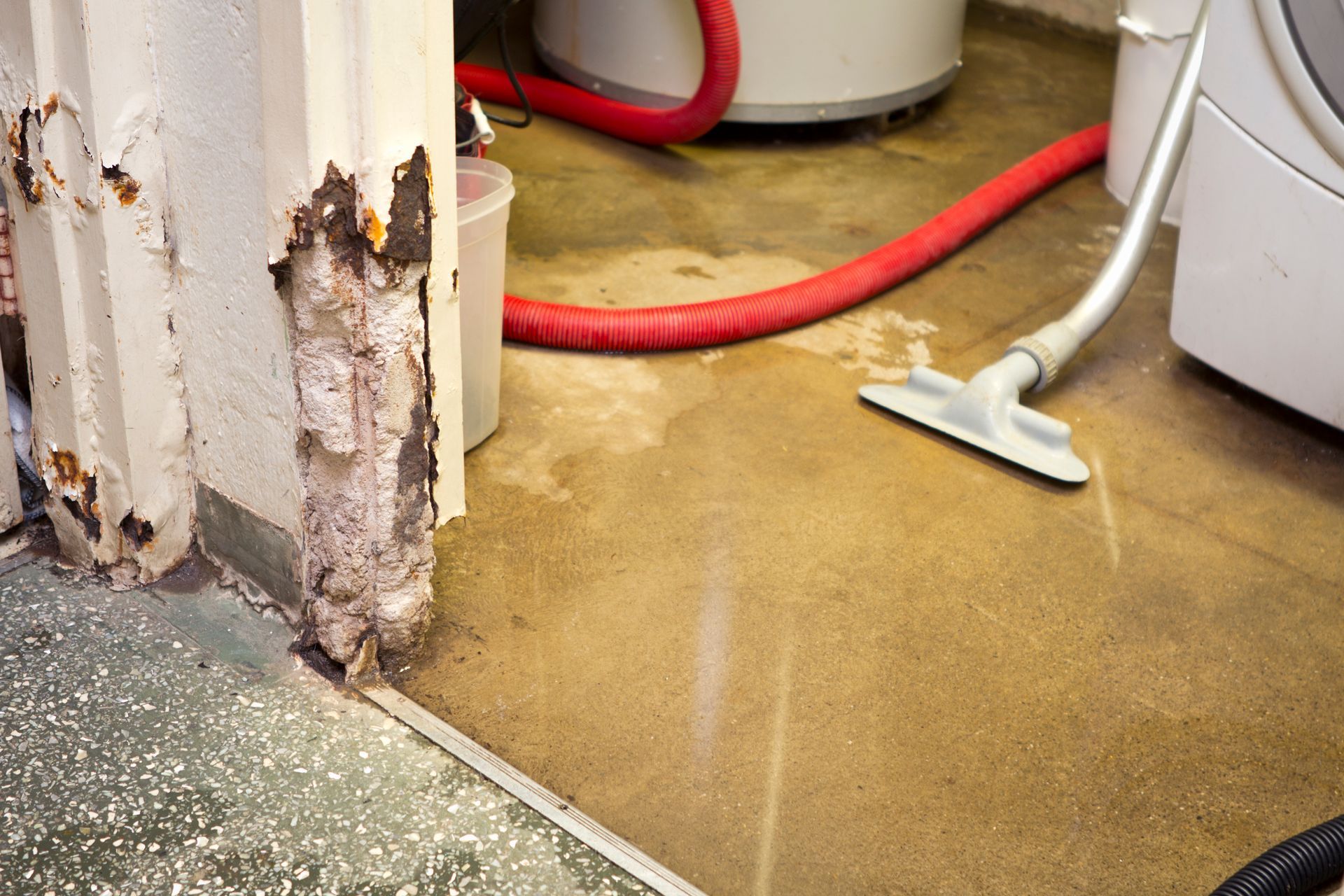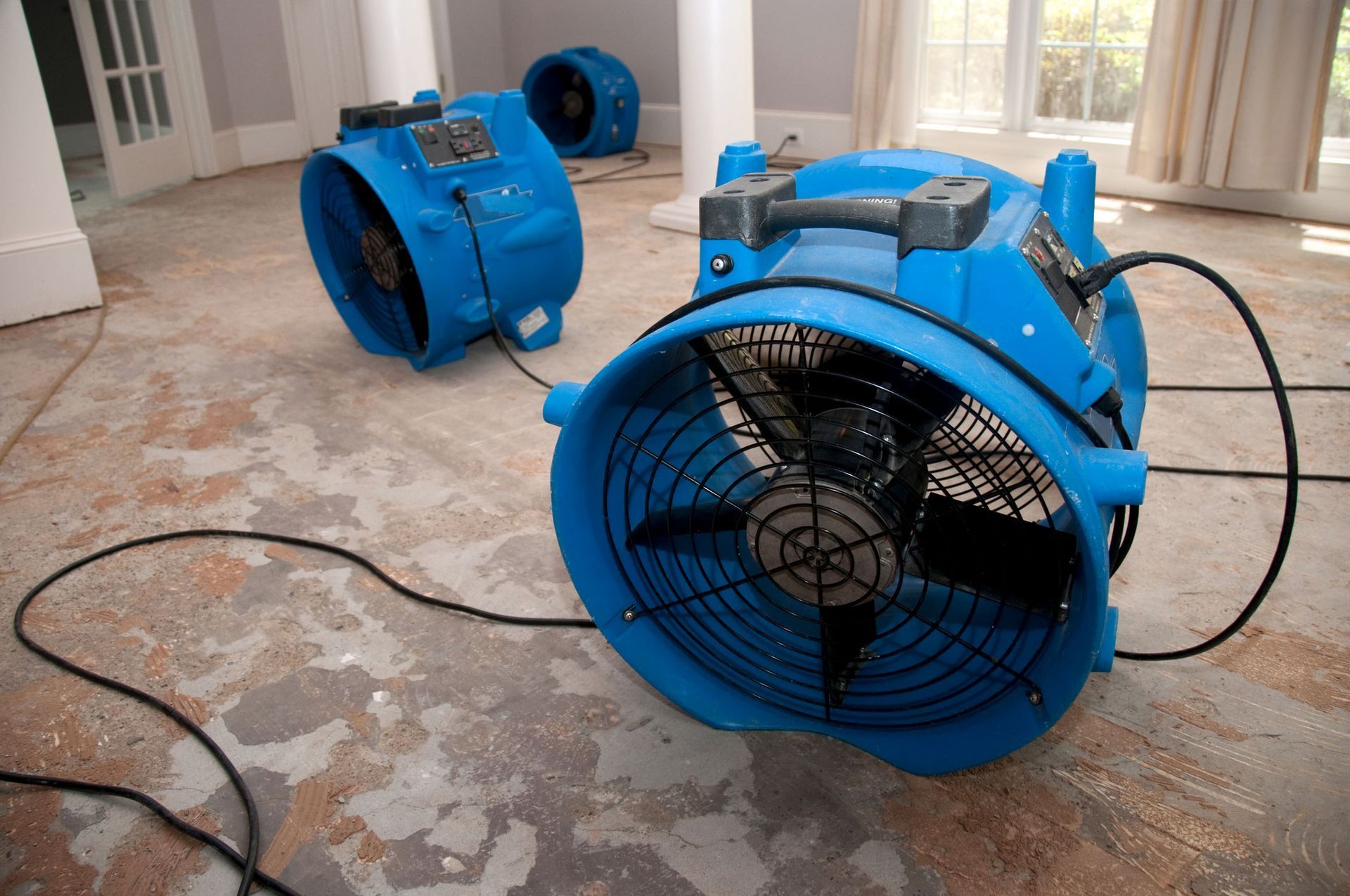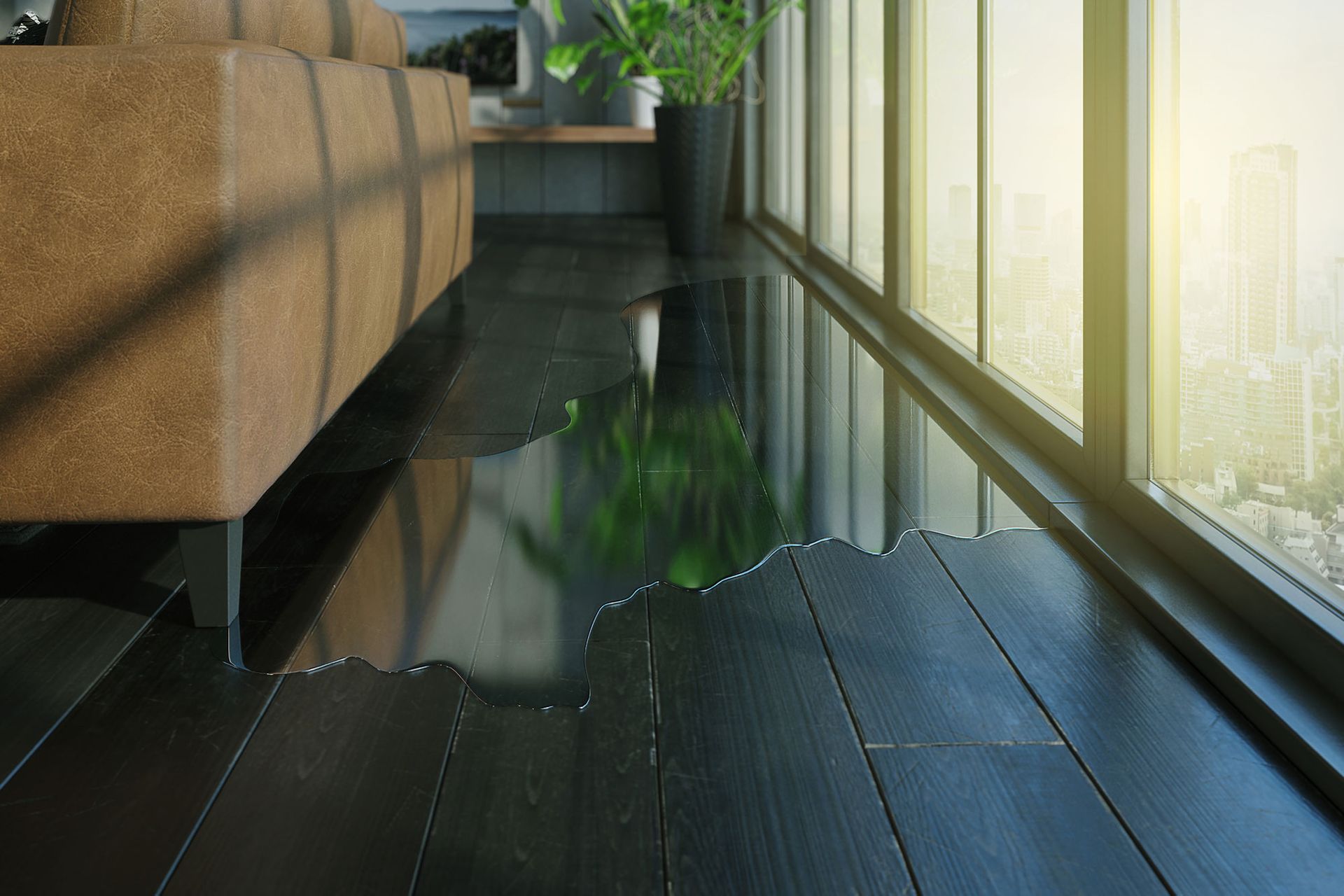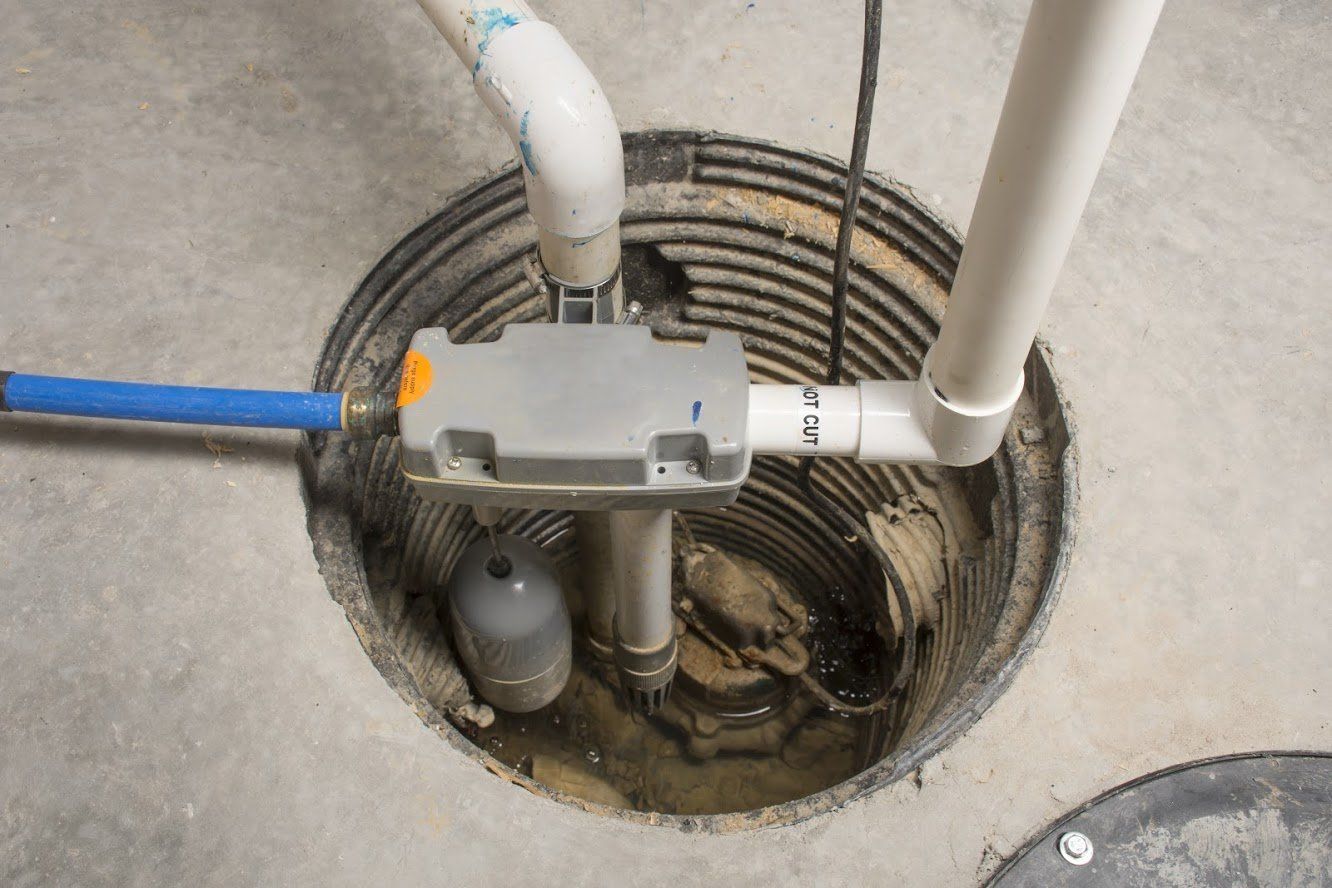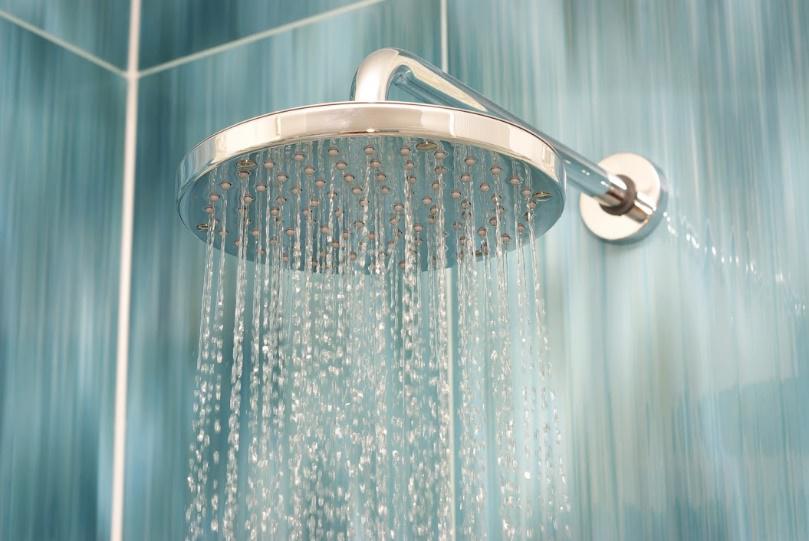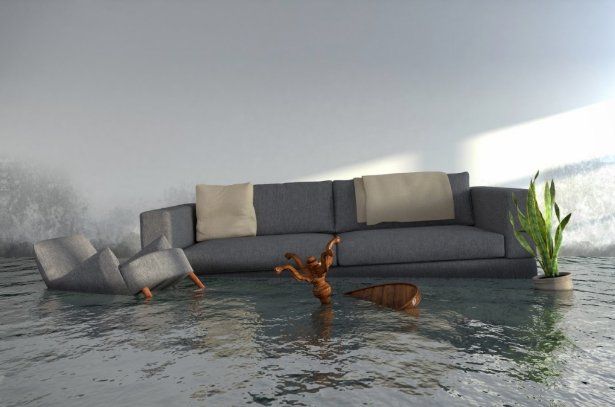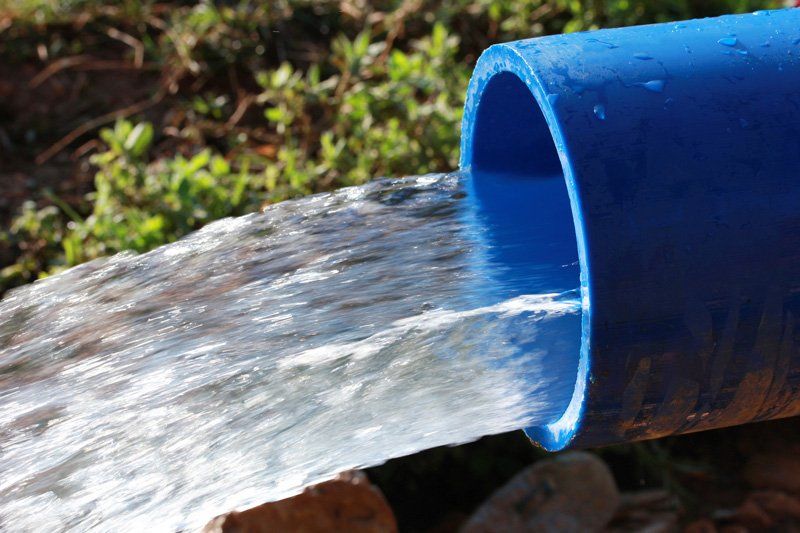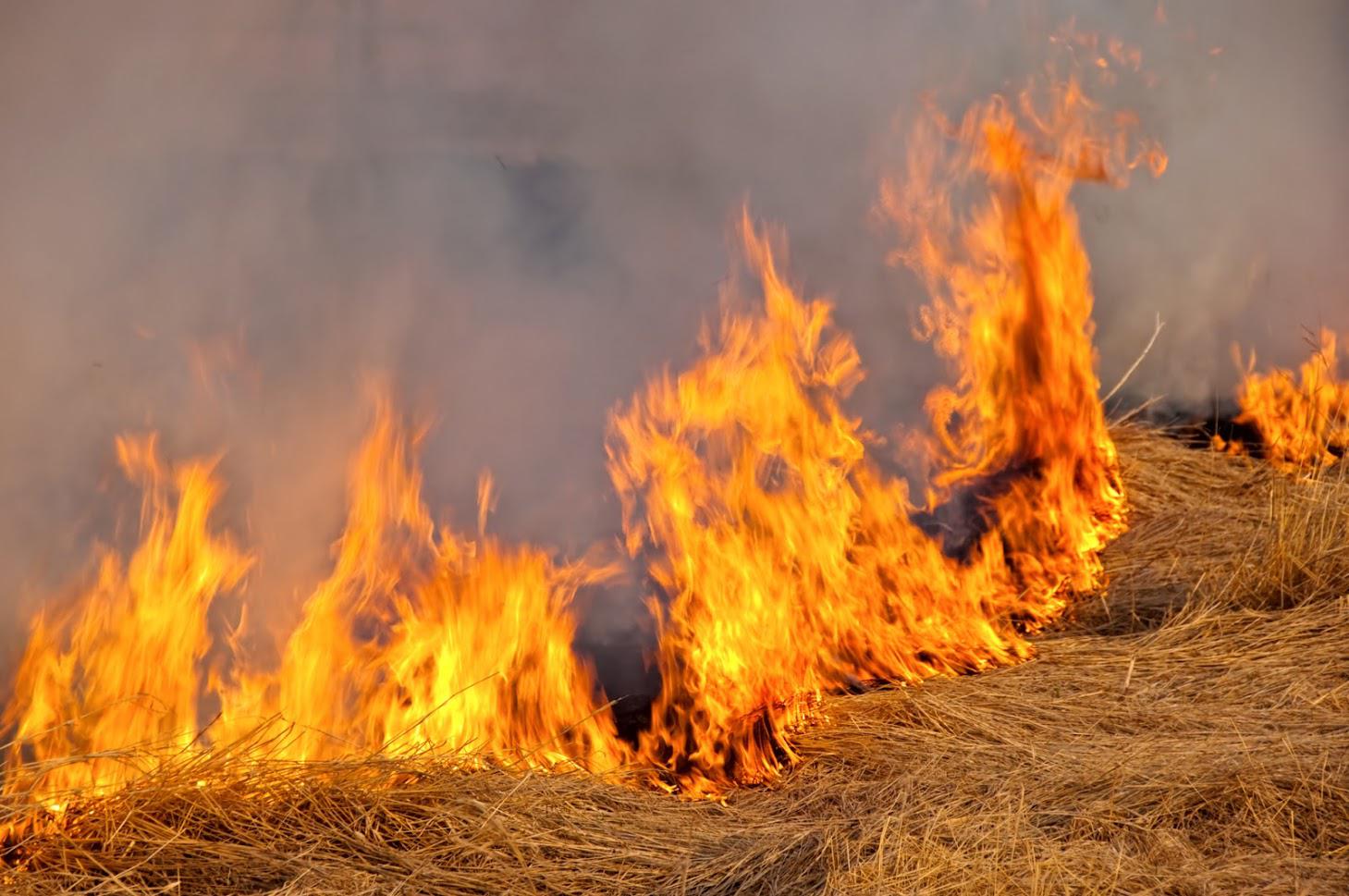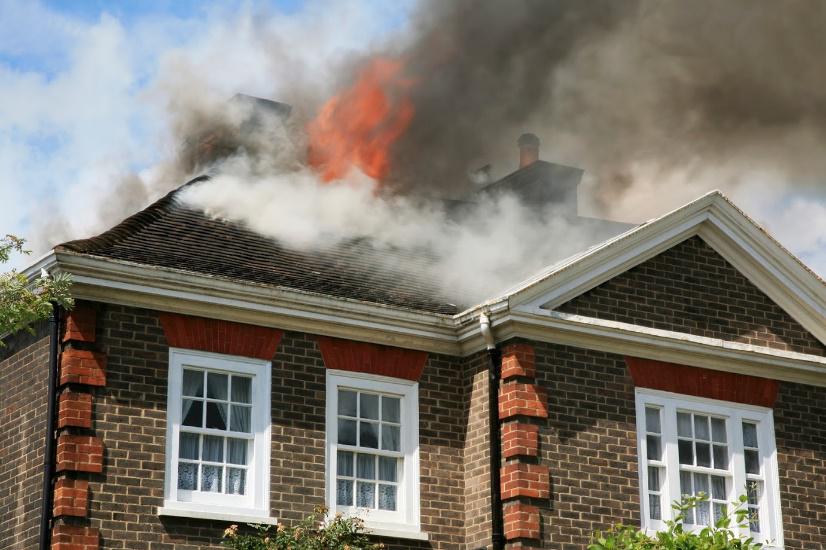Flood Damage Restoration
Flood Damage Restoration
We recognize that any flood damage to a property can be a stressful event. Our goal at Utah Disaster Restoration Services is to reduce this stress by quickly minimizing the problem and restoring the property to the original condition as quickly as possible. Working carefully with property owners and insurance adjustors through the mitigation and restoration process we are able to relieve the property owner of much of the stress caused by a flood damage restoration and cleanup project.
So your property has been flooded. You were fortunate in your choice of Mitigation Contractor and chose Utah Disaster Restoration Services. The air movers and dehumidifiers have been working for several days. Daily checks have been made on the progress of the drying.
All of this work is important for flood damage restoration. Even in “sanitary” water damage situations, within 24-48 hours, depending on temperature and other environmental factors, odor develops from moisture contact with building materials. If these materials continue in wet conditions, mold spores, which are everywhere, will germinate and become active, living, growing organisms. As they multiply by feeding on organic host materials, metabolites (gases or MVOC’s) are produced, which cause the musty odor that characterizes vegetative (actively growing) molds. Water, combined with temperatures above 55 degrees and a food source creates an ideal environment for mold to grow. This is eliminated by bringing the structural moisture content down to below 16 % in materials.
When this moisture percentage goal is reached, restoration of all items affected by the flood damage can begin.
It is important to continue with a licensed, insured and qualified contractor. The principal owners of Utah Disaster Restoration Services each have more than 30 years experience in the construction, mitigation and restoration industry. It’s important to have that kind of a depth of experience in any flood damage restoration.
Damage to a structure varies. Hopefully, the drying process was begun early enough so that there is not residual damage to the structure. If this is the case, the first item for flood damage restoration will probably be the replacement of insulating materials. Care is taken during the restoration process to match the insulation type and quantity originally found in the structure. If the insulation for the restoration is to be a batt type, or blanket insulation, a similar product will be found as a match. The insulation will be placed into the wall or ceiling cavities with care. It will be installed so that it is properly adhered to the stud or joists members of the structure. It will be cut around electrical outlets and folded around electrical wires to ensure uniform and effective use of the insulating materials. This is all done to avoid “bunching” of the insulation which reduces the insulation properties of the material. If the insulation was a loose fill material, commonly referred to as “blown-in” insulation, then the proper equipment will be brought to the site to “blow” the insulation into the wall and ceiling cavities. The material used for the restoration of the flood damage will be held in place with netting materials until the drywall is reinstalled.
Qualified drywall technicians will be brought to the property site after the installation of the insulation is completed as part of the flood damage restoration process. The thickness of the new drywall will be selected to match the existing. The type of finish and texture will be matched to the original. Depending on the size of the repair and the type of finish, this process may take several days.
With the drywall repaired, sanded textured and cured (dried), the next step for the restoration of flood damage is to reinstall or repair the baseboard and doorway trim. If these materials are salvageable from the original flood damage, they will be reinstalled, the gaps sealed with latex caulking and painted to match the existing colors. If the materials were damaged, then similar materials will be purchased and installed.
With the trim installed and sealed, the next step in the flood damage restoration process is to paint the drywall and trim. Color matches and texture matches to the original colors will be made. Typically the baseboards and trim are painted first and then walls follow, particularly if the baseboard and trim are painted in an accent color.
The next step in the flood damage restoration process is to replace or to reinstall the carpeting and carpet pad. Professionals are brought to the jobsite to perform this task. These qualified professionals are able to install new carpet or to reinstall existing carpet to manufactures specifications to maintain warranty requirements and to ensure long wear and a useful life of the carpet.
If carpeting is not replaced, the final step for completing flood damage restoration is to clean and sanitize the carpets affected by the flood damage. Steam cleaning by qualified professionals ensures that there is no longer any remnant of the flood damage left behind.
With the flood damage restoration complete, we are happy to see our customers enjoying their property as though the flood damage never occurred.
